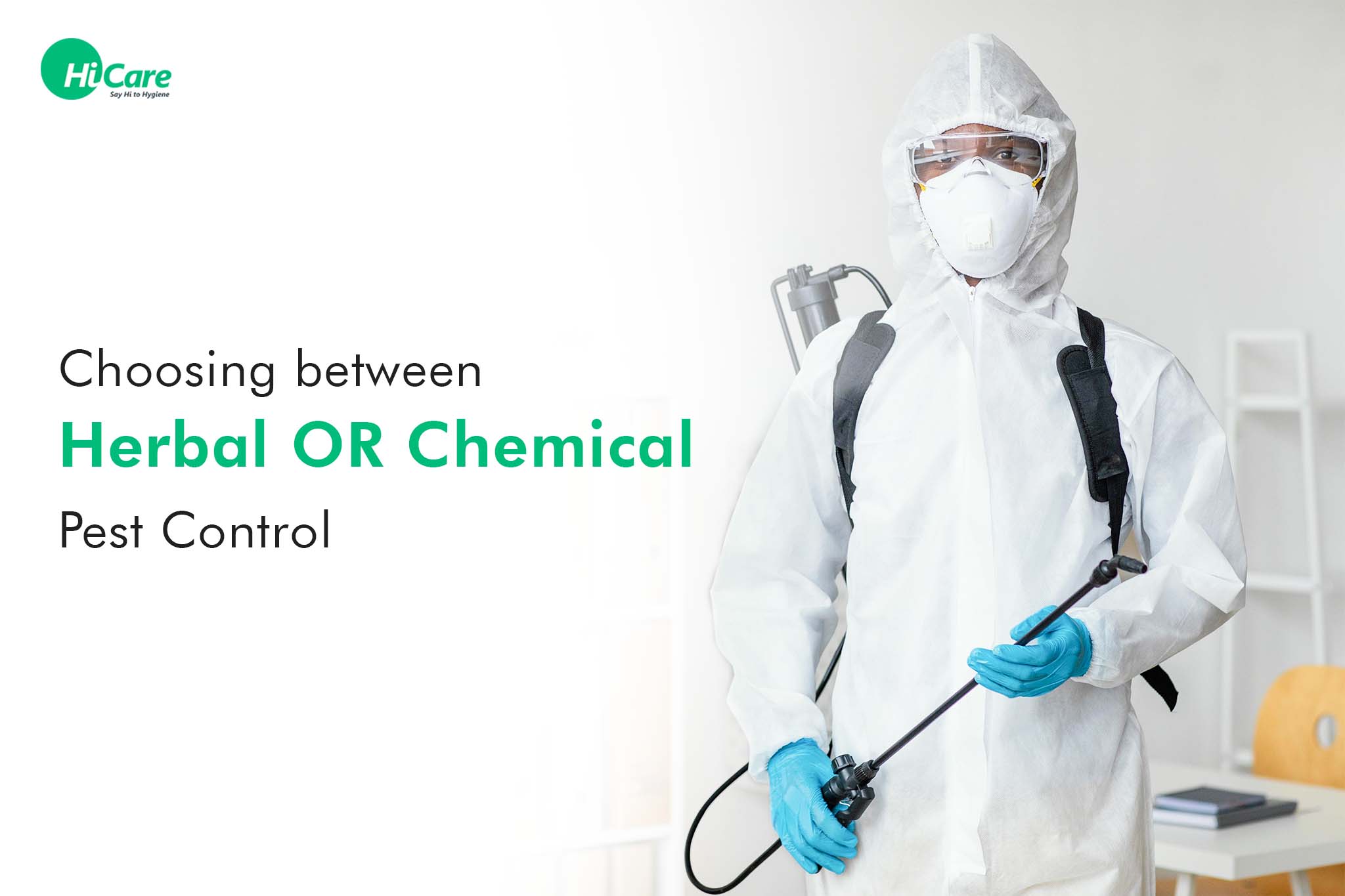Trusted A1 Bed Bug Exterminator Charlotte - Do Away With Bed Bugs Quick
Trusted A1 Bed Bug Exterminator Charlotte - Do Away With Bed Bugs Quick
Blog Article
Bed Insect Therapy Failure: Contrasting Chemical Vs. Non-Chemical Solutions
In the world of parasite control, particularly when handling the persistent problem of bed bugs, the selection in between chemical and non-chemical therapy remedies can be a crucial one. Both techniques provide unique benefits and disadvantages, affecting factors such as performance, security factors to consider, and general price. By taking a look at the nuanced information of each method, a clearer understanding of which path to seek in dealing with a bed bug invasion can be acquired.
Efficiency of Chemical Therapies
Chemical therapies for bed insect infestations have been widely acknowledged for their quick and powerful efficiency in getting rid of these pests. When considering the performance of chemical treatments, it is essential to recognize that they can give a quick and comprehensive option to a bed pest issue. Expert exterminators typically depend on insecticides to target bed insects at different phases of their life cycle, consisting of eggs, grownups, and fairies. These chemicals typically function by interrupting the bed pests' nerve system, leading to paralysis and eventual fatality.
Moreover, chemical therapies have the benefit of using recurring impacts, indicating that they can remain to get rid of bed bugs also after the initial application. This residual activity is especially useful in combating any type of prospective re-infestations. Additionally, the rapid action of chemical therapies can bring alleviation to individuals dealing with extreme bed insect invasions, allowing them to reclaim control of their space swiftly.
Security Worry About Chemical Solutions
One vital aspect that calls for cautious consideration when utilizing chemical remedies for bed insect therapy is ensuring the safety and security of residents and the environment. Exposure to certain chemicals made use of in bed pest therapies can lead to respiratory system problems, skin irritability, or other negative responses, specifically in people with pre-existing conditions or level of sensitivities.
Additionally, the environmental effect of chemical solutions is another considerable consideration. Some chemicals utilized in bed bug therapies may be hazardous to helpful pests, wild animals, and ecosystems if they seep right into the dirt or water systems. It is vital to utilize chemical therapies deliberately, complying with safety and security standards, and taking into consideration less hazardous choices to minimize these risks and guarantee the reliable and risk-free management of bed bug infestations.
Advantages of Non-Chemical Techniques
Considering the potential safety concerns and ecological effect connected with chemical services for bed insect treatment, checking out non-chemical approaches provides a promising option with a number of distinctive advantages. Non-chemical therapies are eco pleasant, as they do not contribute to air or water pollution, making them a lasting option for pest control.
In addition, non-chemical options can be efficient in targeting bed bugs, consisting of hard-to-reach areas where chemical treatments might not pass through - A1 charlotte bed bug exterminator. Techniques such as warmth treatment, vacuuming, heavy steam cleaning, and cushion encasements provide complete removal without the use of damaging chemicals.
Limitations of Non-Chemical Treatments

Furthermore, non-chemical therapies often require multiple applications to attain effective obliteration. This can be time-consuming and might not always ensure full removal of all bed bugs and their eggs, especially in hard-to-reach or surprise pest control phoenix places.
Moreover, the success of non-chemical therapies greatly depends on appropriate execution and thoroughness, which can be testing for individuals without specialist competence. Inadequate application of non-chemical approaches might result in insufficient obliteration, leading to relentless invasions and the need for additional therapies.
Therefore, while non-chemical treatments have their benefits, it is vital to acknowledge these limitations and consider them when figuring out one of the most effective strategy for taking care of bed bug infestations.
Price Contrast: Chemical Vs. Non-Chemical Options
Given the Continued restrictions connected with non-chemical therapies, a necessary aspect to review in the context of bed bug administration is the cost contrast in between chemical and non-chemical choices. Chemical therapies commonly include the application of pesticides by experts, which can range from $250 to $900 per area, depending on the severity of the problem and the dimension of the location to be treated. In comparison, non-chemical therapies like warmth treatment or steam can be extra expensive, with costs varying from $1,000 to $6,000 for an entire home. While the first price of chemical treatments may appear reduced, numerous therapies may be required to totally eliminate the infestation, possibly enhancing the total expense. On the various other hand, non-chemical alternatives may provide a much more lasting and eco-friendly option, although they can be cost-prohibitive for some individuals. Eventually, when thinking about the price of bed insect therapy alternatives, it is very important to weigh the in advance expenses versus the performance and long-lasting sustainability of the picked technique.
Conclusion

Considering the prospective security issues and ecological impact connected with chemical solutions for bed bug treatment, checking out non-chemical strategies presents an encouraging option with several distinctive advantages.Given the restrictions associated with non-chemical treatments, a necessary facet to examine in the context of bed bug management is the cost contrast between chemical and non-chemical choices. In contrast, non-chemical treatments like warmth therapy or steam can be more expensive, with prices varying from $1,000 to $6,000 for an entire home. While the first expense of chemical therapies may seem reduced, several therapies might be required to totally eradicate the invasion, potentially enhancing the overall expense.In final thought, when contrasting chemical and non-chemical bed insect therapy alternatives, it is important to take into consideration efficiency, safety and security, benefits, limitations, and expense.
Report this page